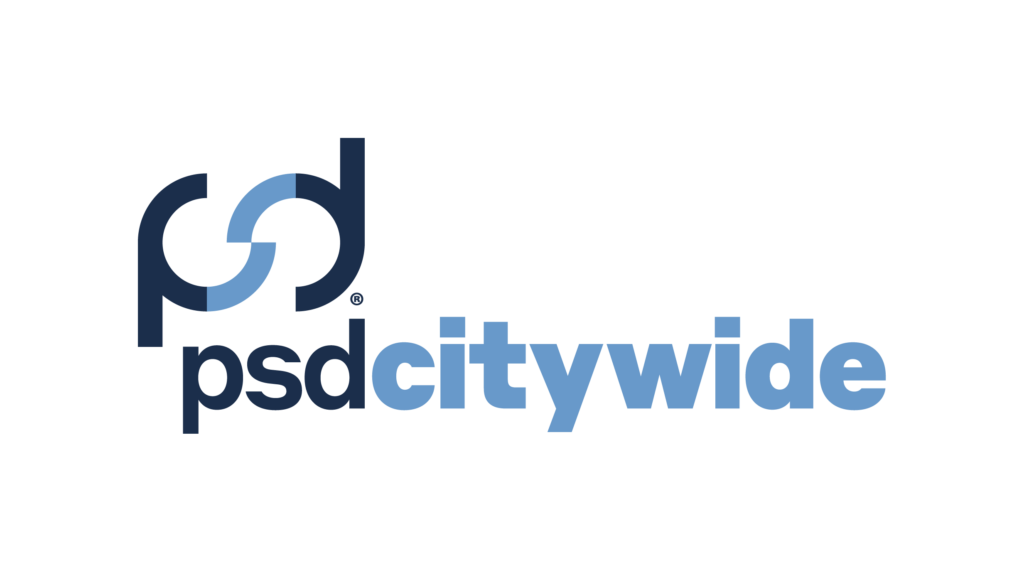November 18, 2020 — The 2020 P3 virtual conference, hosted by the Canadian Council for Public-Private Partnerships (CCPPP), kicked off with an opening keynote by Canada’s Minister of Communities and Infrastructure, Hon. Catherine McKenna. The Minister spoke to the adjustments that have been made to the Investing in Canada Infrastructure Program (ICIP) to allow federal funding to flow more quickly to provinces and territories during the pandemic. The new COVID-19 Resilience Stream of the ICIP program enables faster project approvals and the federal contribution to projects was increased to 80 percent of costs. The list of eligible projects was also expanded to include building resilient infrastructure that supports physical distancing.
According to McKenna, “priority number one when I became Minister was to get projects approved faster.” During the conference, the Ontario Government was the latest provincial jurisdiction to announce the opening of an application in-take for the COVID-19 Resilience Stream of ICIP.
Minister McKenna emphasized the opportunity to not only create jobs using infrastructure stimulus but also build more sustainable and resilient infrastructure. “I’m most concerned with outcomes – we’ve got a changing climate and we need to make sure that projects are resilient and reduce emissions” she stated. According to the Minister, 2-8 jobs are created for every million dollars spent on infrastructure, and that climbs to 5-14 jobs for every million spent on green infrastructure projects. Public-private partnerships (P3s) – the focus of the conference – allow more of the risk associated with large infrastructure projects to be shouldered by the private sector, freeing up additional capital for more projects. “The goal of a P3 is to unlock private investment to get more infrastructure built” explained McKenna.
Following the Minister’s keynote address, a panel of infrastructure agency leaders from around the world discussed the future of the industry. Echoing the comments of McKenna, Infrastructure Ontario’s President and CEO, Michael Lindsay, explained how the province is focusing on building more resilient infrastructure considering the risks and uncertainties associated with climate change. “We’re working to build resilience into Ontario infrastructure during extreme weather events, building these requirements into our procurement models” stated Lindsay. He also discussed the priority role that asset management plays in Infrastructure Ontario’s infrastructure projects: “We continue to be bullish in making sure maintenance scopes are built into projects – the full lifecycle cost of the asset needs to be accounted for.” In the context of the COVID-19 pandemic, Lindsay explained that Infrastructure Ontario has been working closely with partners to understand the pinch points in project delivery. “There is a tendency to think about market capacity as whether bodies can show up from a construction perspective – we take a more broad view that includes advisors and highly specialized professionals” stated Lindsay. He expressed his cautious optimism that Ontario could meet the demand for infrastructure projects in 2021, despite the ongoing challenges of the pandemic.
Matthew Vickerstaff, Deputy CEO of the UK Infrastructure and Projects Authority, detailed the impressive work in recent months of building new acute care facilities in the UK in just days to deal with the surge effects of the pandemic. In line with the message of building back better, Vickerstaff explained that the UK’s focus is on building greener, faster, and smarter: “Those three things go to the heart of rebuilding the economy.” He then referenced the HS2 project, the biggest infrastructure project in Europe. High Speed 2 (HS2) includes plans for high-speed railway corridors across Britain, with the first phase of the project now under construction. Upon completion, high-speed rail will connect eight of Britain’s 10 largest cities and around 30 million people. On the topic of P3s, Vickerstaff expressed optimism that private sector investment in infrastructure is pivoting toward ESG (Environmental, Social and Governance) investing. “There is a huge amount of positive momentum – we see the appetite in the market is significant” he observed.
Finally, Romilly Madew, CEO of Infrastructure Australia, provided an overview of the state of infrastructure development in a country that has been hit hard by the impacts of climate change. “Australia has fared comparably well with COVID, but we’re also dealing with floods, droughts and fires” said Madew. An infrastructure audit performed before the pandemic highlighted the uncertainty of climate, structural shifts in the economy, technology innovation, and new consumer expectations in Australia. A more recent study illustrated the impact COVID-19 has had on disrupting supply chains and reducing labour supply for the infrastructure sector. According to Madew, productivity in the sector is down 50 percent. “Those delivering private contracts are most affected, but they are optimistic about recovery” she stated. The research also pointed to trends in how Australians are using infrastructure differently as a result of the pandemic. There has been a modal shift to private vehicle use, biking and walking, and digital services are rapidly developing to assist with social distancing on public transport. There is also an increased demand for parks and recreation infrastructure. “There has been a much greater value placed on this kind of infrastructure” explained Madew.



